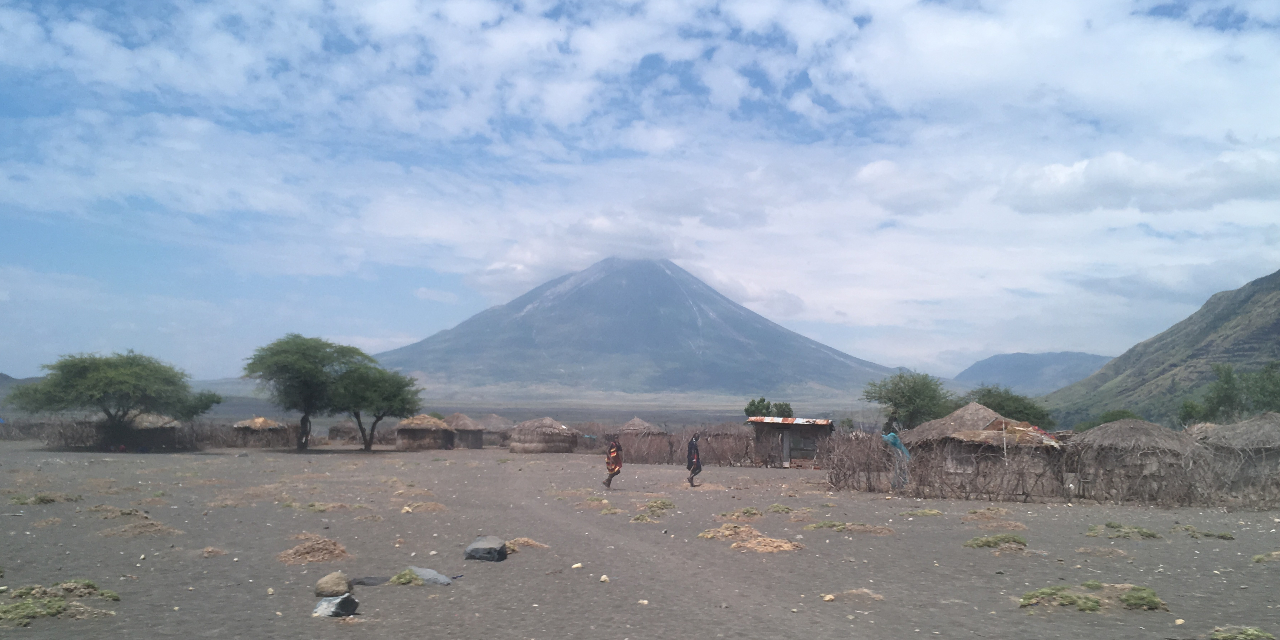Shifting continental plates in Eastern Africa have the potential to release significant amounts of carbon dioxide into the atmosphere, according to new research by an international team of scientists including University of Alberta geophysicist Claire Currie.
The researchers examined part of the East African Rift located in Tanzania and Kenya. The rift is a location where the continental plate is starting to break apart, splitting Africa into two parts. As the plate causing the rift shifts, carbon dioxide stored deep within Earth's mantle rises to the surface.
"These deep parts of the continental plates can contain a significant amount of carbon that can be released as carbon dioxide through tectonic events," said Currie. "These processes are believed to release enough CO2 into the atmosphere to influence global climate on timescales of millions of years."
Currie completed computer modelling that showed how the intersection of the East African Rift with the Tanzanian craton-a large, stable section of Earth's crust-could be the source of large volumes of carbon dioxide.
"These data suggest that the high values of carbon dioxide are the result of mechanical displacement of the lowermost Tanzanian craton to below the East African Rift," explained Currie.
"Cratons are generally thought to contain significant carbon due to the fact that they are more than 2.5 billion years old and have accumulated carbon over their lives. However, there are still uncertainties about how this carbon may be cycled to Earth's surface."
The study suggests the cycling may occur through sideways movement of the deep part of the craton.
"This carbon-rich material may 'float' along, until it reaches a thinner section of the continental plate," added Currie. "Here, the material would move upward and melt due to the decrease in pressure, releasing carbon dioxide to Earth's surface."
The research was conducted in collaboration with scientists from 11 other institutions including Syracuse University, University of New Mexico and Tulane University, who collected and analyzed gas chemical data at the Earth's surface and geophysical observations of the subsurface structure.
The study, "Displaced Cratonic Mantle Concentrates Deep Carbon During Continental Rifting," was published in Nature.
